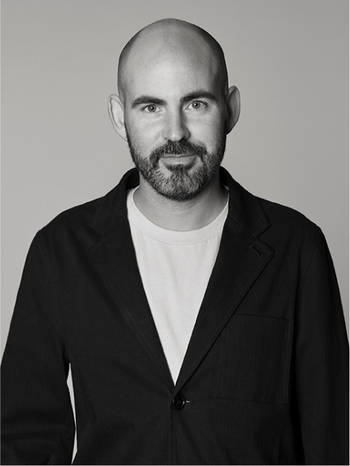Carl Malmsten
a cabinet, "Raimond", made as a journeyman's piece by cabinetmaker Gunnar Franke in 1964.
Cabinet on a stand, the cabinet part with two doors, the marquetry made of various types of Jacaranda veneer, interior with shelves and drawers made of solid Honduras Mahogany. The base made of solid Rio Jacaranda wood. Brass lock and fittings. Marked CM. Three keys included.
Height 150 cm, width 85 cm, depth 37 cm.
Copy of the journeyman certificate and an exhibition label included.
Mark to the upper edge of the back, minor wear and marks.
Provenance
Gunnar Franke, thence by descent.
Gunnar Franke, (1942-2011), grew up in Stockholm. Educated at Carl Malmsten workshop school, Capellagården, KTH and Konstfack.
Franke was a true artistic soul raised in a family with a strong artistic influence. He worked as a cabinetmaker, architect, furniture designer, artist and professor at KTH before he passed away in 2011.
Franke was one of Carl Malmsten's last favorite students and during his career was involved in Malmsten's various schools together with Olle Pira et al.
Exhibitions
Exhibition, "Rot och Krona" at Liljevalchs, Stockholm in 1969.
Prince Eugen's museum at Waldemarsudde, Stockholm, during the retrospective exhibition "CARL MALMSTEN" Oct-March 2013.
Literature
Malmsten, Carl, Carl Malmsten: formgivare och pedagog, Carlsson, Stockholm, 2013, p. 90-93.
More information
The cabinet was designed by Carl Malmsten in 1959, and named after a Spanish student, Raimond Estrems, at Carl Malmsten's School of Crafts in Stockholm.
Gunnar Franke spent 536 hours manufacturing the cabinet. He was awarded the Grand A and the small silver medal for his work, the highest grade possible.
Designer
Carl Malmsten is one of Sweden's most famous furniture designers. Many of his furniture are considered modern design classics, for example, the cane chair "Lilla Åland", the armchair "Farmor", the sofa "Samsas", the cabinet "Herrgården", and the furniture series "Vardag".
Both "Lilla Åland" and "Vardag" adopted the ideals of "beautiful everyday goods" of the 1940s. Their neat shape and frugal design quickly became timeless interior details that we still see in many homes today.
At the beginning of his career, Malmsten interned at various carpentry workshops and studied furniture at Nordiska museet and Skansen. He had his breakthrough in 1916 when he was commissioned to design part of the interior of Stockholm's City Hall.
During his career, Malmsten collaborated with several architects, such as Ragnar Östberg, Ivar Tengbom, and Ferdinand Boberg. He designed furniture for Stockholm's concert hall and Ulriksdal castle. He participated in the now iconic hosing exhibition at Liljevalchs gallery in 1917, where the term "Beautiful everyday goods" was coined.











































































































